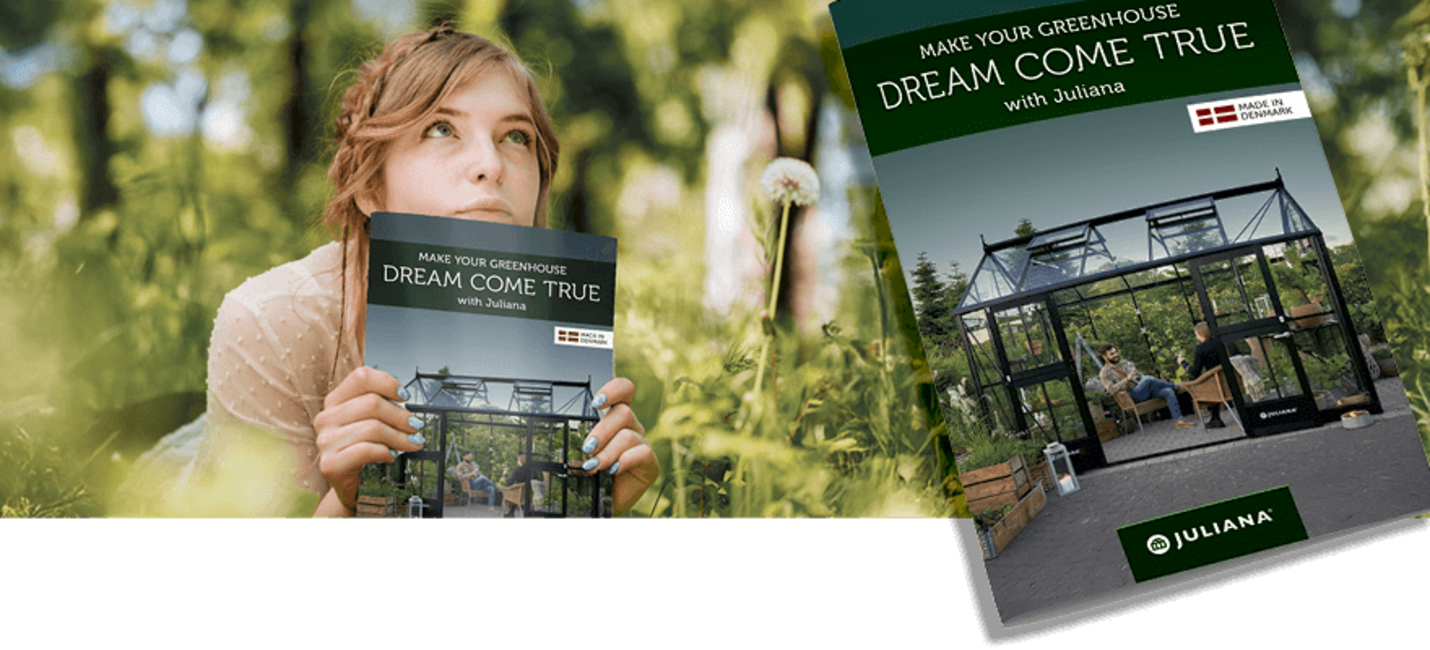Written by Lars Lund 08 Sep 2020 14:34
Get early vegetables by germinating
You have probably already sown chilli, maybe also tomatoes and maybe summer flowers of the kind that have a long development time. If you have been out early, the plants grow quietly in the window ledge and enjoy the days getting longer and longer.
Traditionally, we sow our other vegetables outdoors, when the soil is what we call serviceable, ie suitably warm, moist and the weather does not offer frost. But there are actually great benefits to germinating vegetables inside the warmth. There are few who do it, but those who do get greater yields, an earlier yield and most often also healthier plants.
We know it from potatoes. They can be put directly into the soil without germination, but we give them a head start inside in the window ledge and preferably with a pot of soil where they can develop roots. It gives much earlier potatoes than if you just put the seed potatoes in the ground. You can also get lucky with carrots sown in milk cartons that have room for the long roots. When transplanting, you just cut the bottom of the carton and plant it all in a hole that fits the roots. If you sow in too small pots for a later transplant, you either get strange carrots or they perish.
More space
Germinating obviously requires more space for pots. You have to be set on that. In our house, all window ledges are used and where there is no window ledge, there is a floor up against a window, and there we germinate vegetables. We sleep by the small sprouts, take care of them and wake them up early in the morning with a gentle shower.
The greenhouse is also used, especially for lettuce.
Germinating vegetables starts in March. The sprouts just need some time before they get started and are ready to be transplanted. They get off to a good start, where they are protected from everything that often means that you have to sow twice in the garden. At least if you are sowing too early in the garden. Here the weather changes quickly. The spring outside can be too dry, too cold or too wet, so the seeds rot in the soil. The sprouting plants that grow outside are even more exposed to hungry predators. The pigeons are sitting on the roof just waiting for the peas to come up. The Spanish slugs are waiting for the lettuce, as are the sparrows and the fleas.
Once the plants have gotten off to a good start and are later transplanted in the garden, there is so much green in the garden, that the germinated vegetables seem less interesting to their enemies.
The correct transplanting distance
You also do not have to thin out and distinguish between what are weeds and what are new sprouting plants. When the plant is to be transplanted, the bed is cleared of weeds, and then there is no doubt about what is weed. The transplanting distance affects how the plants develop. By transplanting sprouting vegetables, you can transplant with the distance there must be, both between plants and rows. At the same time, you avoid holes in the rows where no seeds came up. Most seed distributors only guarantee that about 60 -70% of the seeds turn into something.
Earthquake
Not all vegetables are equally good to germinate. In my experience, most of the vegetables, where it is the root we harvest, might get confused when being transplanted. They lose foothold and then stretch to several sides as if there had been an earthquake and they now have to hold on to everything. In other words, they branch out. However, many imaginative root vegetables can come out of it, so even though you generally don’t transplant root vegetables, you can do so if you want a particularly fun and decorative vegetable.
Beetroot is one of the exceptions. It does not mind being transplanted, but its root does not go that far in depth either. It grows more in width or thickness and thus provides a good anchorage.
Most vegetables take between three and six weeks to grow so large that they can be transplanted. Onion and leek take a little longer. Sown onion, leek, cabbage and celery can with great advantage be geminated early in pots, as the development time is long.
Advantageously, you can also germinate peas, beans, squash, pumpkin, corn, lettuce, beetroot, spinach and herbs, including parsley.
Plants to germinate in the greenhouses
Chilli should be germinated in January, but you can also do it in March. Pepper in March, tomato in March, cucumber in mid-April, aubergine in early April and melon in mid-April.
The pots
Deep pots as root trainer are suitable for peas. Otherwise, you can use everything from newspaper pots, peat pots to plug boxes and old recycled pots. The most important thing is that they are clean. Small seeds small pots, larger seeds larger pots. Excessively large pots are difficult to irrigate, so the soil is not too dry and not too wet.
Soil
The sowing soil must be free of weeds. You can make a sowing soil of sand and compost yourself, or buy potting soil. The soil should not be sterile as many people think, but it should be free of weeds and it should not contain significant fertilizers. Especially fresh compost is a killer.
Light and heat
The more heat the more light the plants need. Make sure to give as much light as possible and that vegetable plants, in general, are not too hot.
After germination
Start by placing the plants in a garden frame that can be opened so that it does not get too hot. Here they can stand for a week or two before they are completely ready to be transplanted in the garden.







